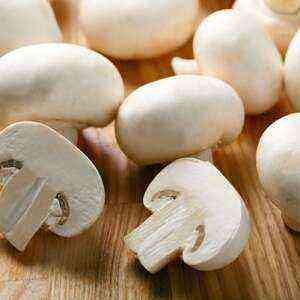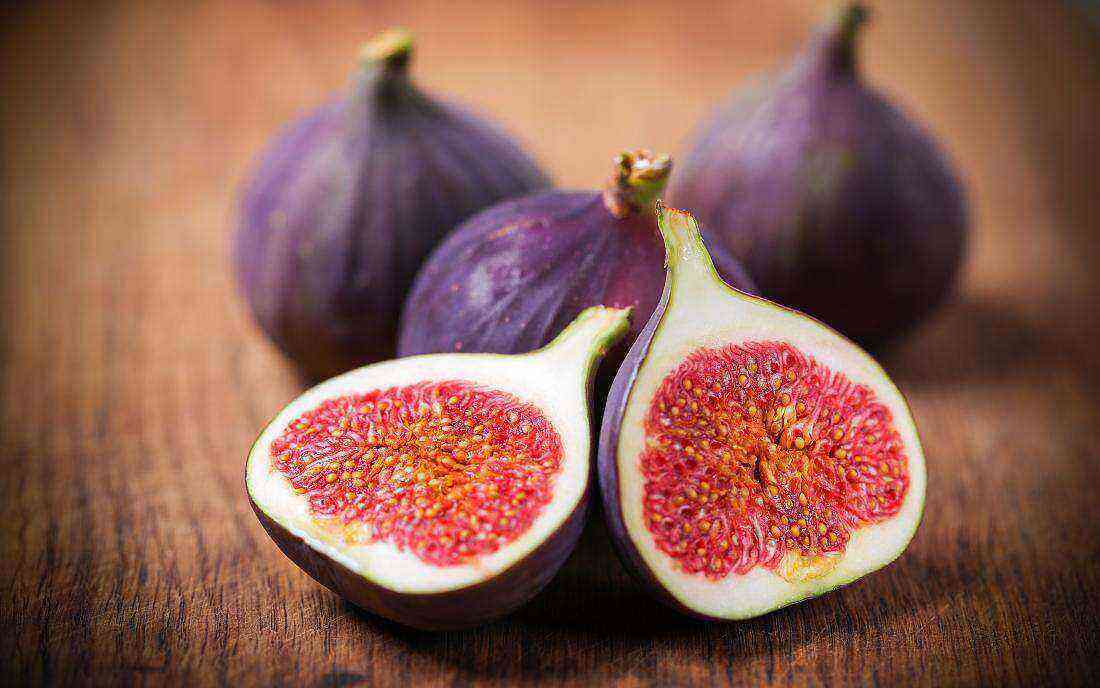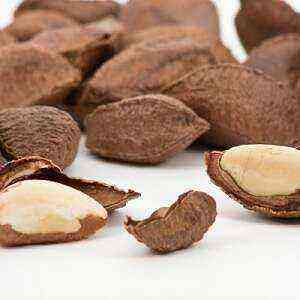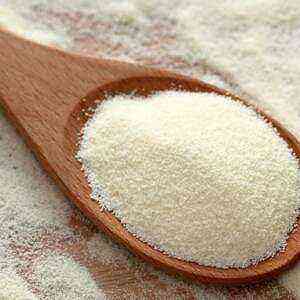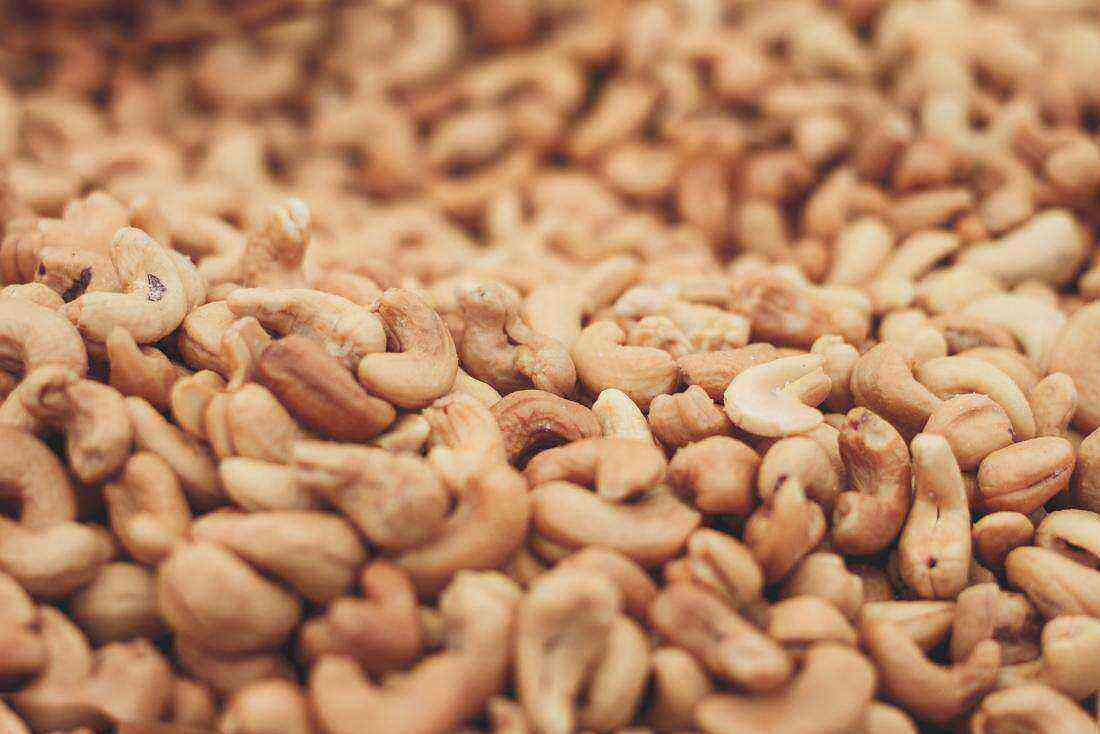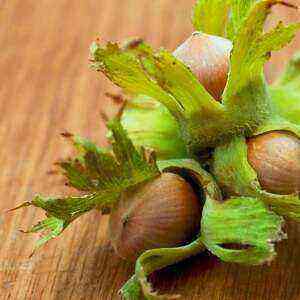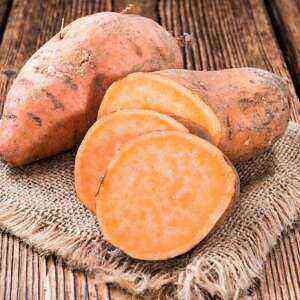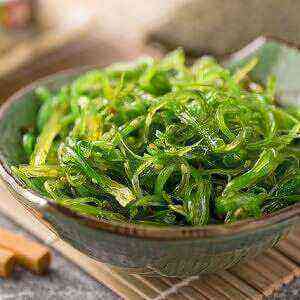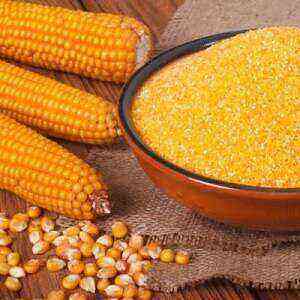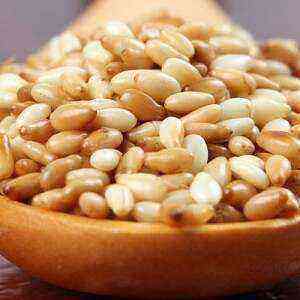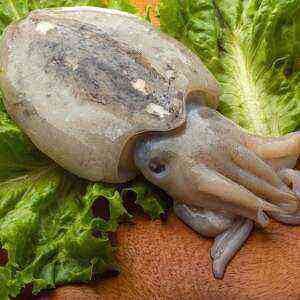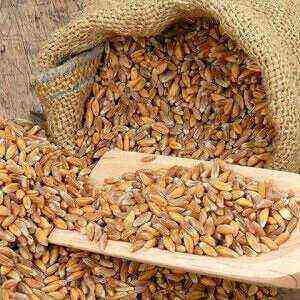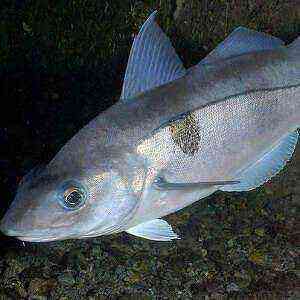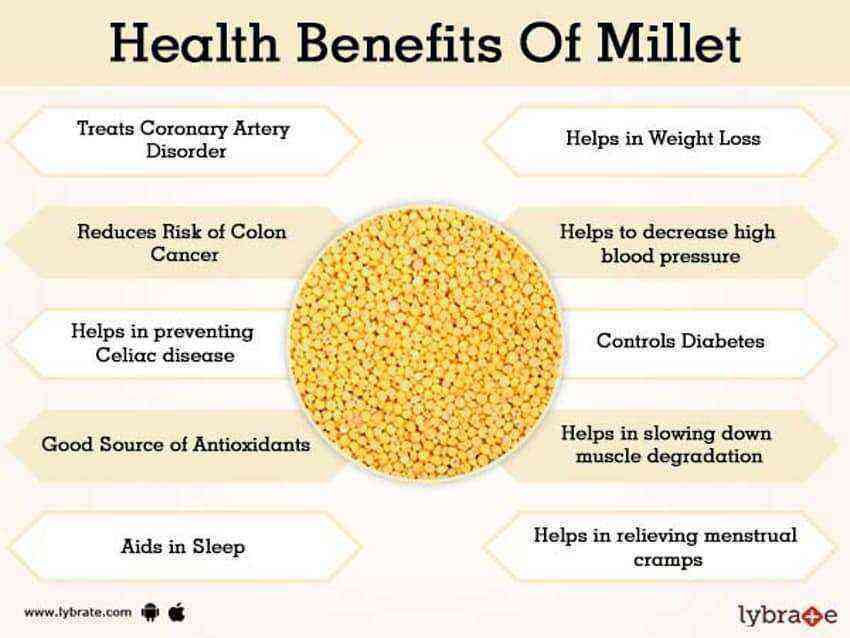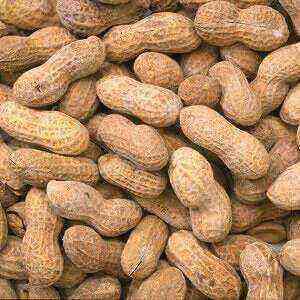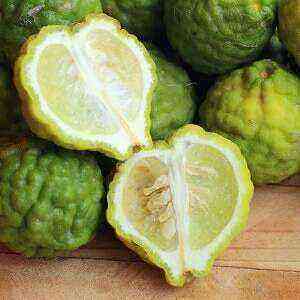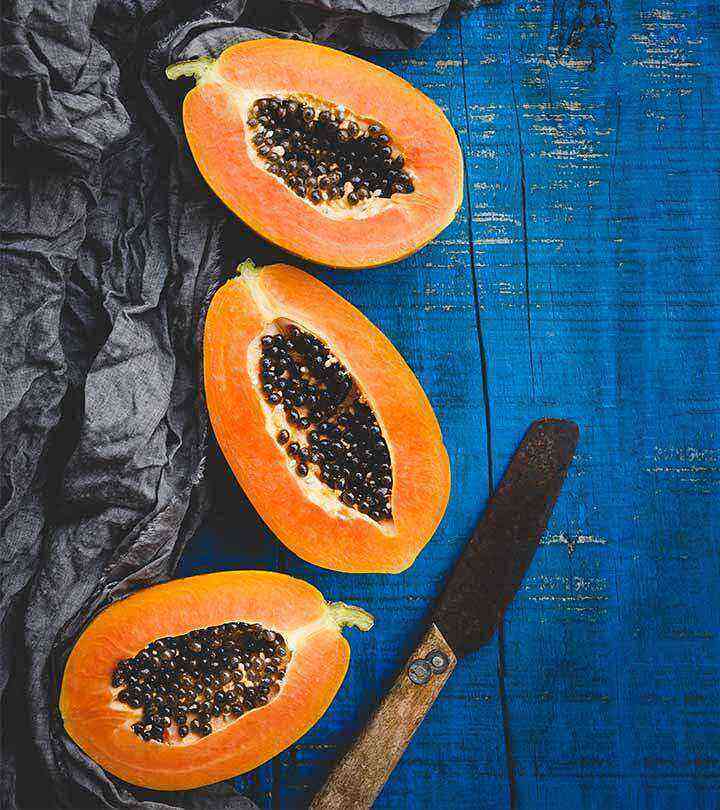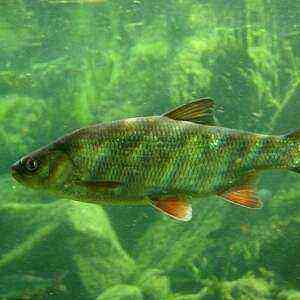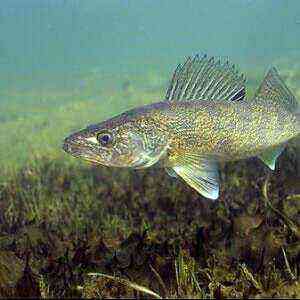 Zander is a predatory freshwater fish. This fish is the second most voracious fish after pike among the predators of fresh water bodies. Due to its high aggressiveness and mobility, there is little fat in its meat.
Zander is a predatory freshwater fish. This fish is the second most voracious fish after pike among the predators of fresh water bodies. Due to its high aggressiveness and mobility, there is little fat in its meat.
This fish is found everywhere in Eurasia: from East European rivers and lakes to fresh water bodies of the Far East. Pike perch dishes are available in cuisines of different nations. Due to the low fat content in meat, this fish belongs to dietary products. The rich vitamin and mineral composition and a large amount of easily digestible protein with a low calorie content of pike perch meat make it possible to use it in the preparation of fish dishes for the first feeding of infants.
Overview
It is difficult to confuse zander with other fish. Its body is long and elongated, its head is elongated, and there are many large teeth in its jaws. The body has a greenish-gray color, on which dark transverse stripes are clearly visible, the abdomen is silvery. On the back of this fish there are two fins with hard rays that end in sharp spines. The pike perch’s eye shell is colored orange.
The pike perch inhabits deep waters in clean fresh waters with a clay or sandy bottom and a coastal zone overgrown with vegetation. It feeds mainly on small fish of low-value species, sometimes the remains of frogs and crayfish shells are found in its stomach.
During the year, pike perch gains up to one kilogram in weight, and in its entire life – up to 15-20 kg, reaching up to one meter in length. Sexually mature females are very fertile: during the spawning period, they lay up to a million eggs. The male protects the offspring. Knowing this, many species of fish lay their eggs in the nests of pike perch.
Chemical composition
Pike perch meat is an easily digestible protein product. The lack of carbohydrates and high water content in the product provide low calorie content of this fish (about 84 kcal in 100 g).
Pike perch meat proteins are rich in amino acids essential for humans (isoleucine, leucine, lysine, methionine, tryptophan and phenylalanine). Fish fats are 75% represented by mono- and polyunsaturated fatty acids useful for human health.
In addition to the main energy and plastic substances, this fish is useful for its rich vitamin and mineral composition.
Pike perch meat contains many minerals:
- macronutrients (potassium, calcium, phosphorus, magnesium, sodium, chlorine, sulfur);
- trace elements (iron, iodine, manganese, fluorine, chromium, zinc, copper, cobalt, molybdenum).
Vitamins, minerals, and unsaturated fatty acids of fleshy meat have powerful antioxidant properties.
Useful Properties
 Regular consumption of pikeperch meat, due to its chemical composition, contributes to:
Regular consumption of pikeperch meat, due to its chemical composition, contributes to:
- normalization of metabolism;
- improve brain activity;
- increased visual acuity;
- harmonious development of the child;
- normal functioning of the gastrointestinal tract;
- the functioning of the endocrine system (adrenal glands, thyroid gland, insulin pancreas, sex glands);
- stimulation of the immune system;
- reduced blood viscosity;
- blood formation processes;
- lower blood glucose and cholesterol;
- restorative processes in tissues;
- improve skin, hair and nails.
Low allergenicity of the meat of this fish allows you to use it with food allergies.
There is little fat in Sudak, which makes it possible to prepare dietary dishes from it:
- for losing weight;
- diabetes;
- in diseases of the digestive system;
- during or after severe infectious diseases;
- with chronic kidney disease.
The high content of natural antioxidants in combination with the minerals necessary for their action determines the antitumor effect of stewed meat.
Why does pike perish quickly?
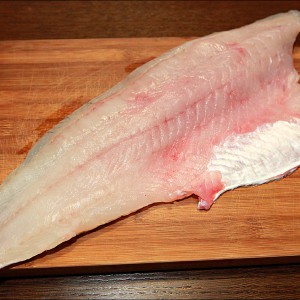 The pike perch, as well as any other fish, belongs to perishable products. Its meat is subject to rapid deterioration, because:
The pike perch, as well as any other fish, belongs to perishable products. Its meat is subject to rapid deterioration, because:
- Zander is a skinny fish. Adipose tissue inhibits putrefactive processes. Since there is practically no fat in pike perch meat, the putrefactive microflora quickly spreads along the connective tissue septa along the muscles of the fish.
- In perch meat a lot of water. Water is a favorable factor for the development of microorganisms.
- There are no carbohydrates in zander. The absence of carbohydrates leads to the fact that in the process of spoilage, little lactic acid is formed. As a result, the acidity of the meat of this fish has a neutral or slightly alkaline reaction, which contributes to the development of microflora.
In order not to get poisoned by perch, you must be able to choose it correctly.
Hazardous properties
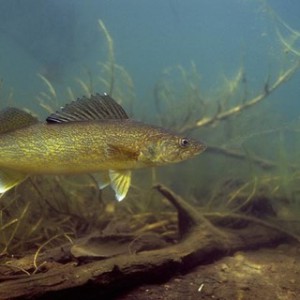 Pike perch is contraindicated in phenylketonuria, a hereditary fermentopathy in which the amino acid phenylalanine cannot be absorbed by humans. Pike perch is rich in phenylalanine, so its use in phenylketonuria is fraught with toxic damage to the central nervous system.
Pike perch is contraindicated in phenylketonuria, a hereditary fermentopathy in which the amino acid phenylalanine cannot be absorbed by humans. Pike perch is rich in phenylalanine, so its use in phenylketonuria is fraught with toxic damage to the central nervous system.
Pike perch can be a source of toxicoinfections, parasitic worms (helminths), pathogenic microorganisms that get into its meat from water.
The most dangerous toxic infection that can get sick when eating pike perch is botulism. Botulism is caused by botulinum toxin, a specific toxic substance produced by the clostridia of botulism. Clostridia in pike perch are in the form of cysts, from which they leave when the fish is sick, injured or killed. For active reproduction of Clostridia and the release of botulinum toxin by them, anaerobic conditions are needed, which are created by improper salting, smoking, drying or preservation of fish. Mortality from botulism is high: with untimely administration of anti-botulinum serum, up to 60% of cases die. In this case, death occurs due to paralysis of the respiratory muscles.
 Freshwater fish meat, including pikeperch, can be a source of 40 worm infestations. The most common of these include:
Freshwater fish meat, including pikeperch, can be a source of 40 worm infestations. The most common of these include:
- ribbon wide;
- cat fluke;
- Chinese Fluke;
- hookworm;
- ascaris;
- anisacide;
- trichinella
The most common and dangerous for humans worms that are contained in pike perch, are wide bandworm and cat fluke.
The broad tapeworm enters the human body with meat or pike perch caviar, causing diphyllobothriasis. Several such parasites can live in the intestines of one person at the same time. For a long time (often – for several years), diphyllobothriasis is clinically manifested only by various kinds of ailments, which a person may not pay attention to. During this time, the length of the worm reaches ten meters. In the course of their life, tapeworms secrete many toxic products that are absorbed into the human blood. With a long-term course of the disease, substances secreted by worms:
- inhibit the hematopoietic function of the bone marrow;
- impair sensitivity in peripheral tissues;
- have hepato-and splenotoxic effects, as a result of which the liver and spleen increase in size;
- cause severe allergic reactions.
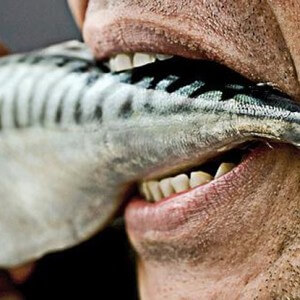 Feline fluke, the causative agent of opisthorchiasis, also enters the human body from fish meat. From the human intestine, the parasite enters the bile ducts and pancreatic ducts, where it sticks to their walls. In the course of their life, flukes secrete toxic substances, and also physically clog the bile ducts, causing obstructive jaundice. Opisthorchiasis in chronic course can provoke the development of liver cancer.
Feline fluke, the causative agent of opisthorchiasis, also enters the human body from fish meat. From the human intestine, the parasite enters the bile ducts and pancreatic ducts, where it sticks to their walls. In the course of their life, flukes secrete toxic substances, and also physically clog the bile ducts, causing obstructive jaundice. Opisthorchiasis in chronic course can provoke the development of liver cancer.
In the water in which zander lives, in addition to pathogenic microorganisms, there may be harmful and dangerous substances (contaminants):
- heavy metal salts;
- radionuclides;
- pesticides;
- fertilizers;
- carcinogens.
Habitat pike perch in polluted water leads to the accumulation of contaminants in its meat. The use of pike perch caught in such water is dangerous by intoxication and poisoning.
Eating poor quality pikeperch meat can cause irreparable harm to health. To prevent this, you need to know how to choose, how to store and how to cook this fish correctly.
Consumption rate
The calorie content of raw pikeperch meat is low, so it belongs to dietary foods. When eating dishes from it in your diet during the diet should be borne in mind that some cooking methods (frying, stewing, stuffing) increase their energy value:
- raw fish – 84 kcal / 100 g;
- boiling – 97 kcal / 100 g;
- grilling – 119 kcal / 100 g;
- stuffing – 144 kcal / 100 g;
- frying – 180 kcal / 100 g.
Pike perch is a good option to use fish in the diet of almost all contingents of people. The approximate daily quantity of fish in the menu should be:
Contingent
The rate of consumption of fish per day, grams
Children 9-12 months 30-50 (mashed) Children 1-3 years old 20-25 Children 4-6 years old 45-50 Children over 7 years old and adolescents 25-30 Adults 75-100
Fish should be in the diet of each person. The rates of consumption of fish depend on age, gender, physical and mental activity, physiological state. Indicative norms are not binding. They may increase or decrease due to other protein products.
How to choose
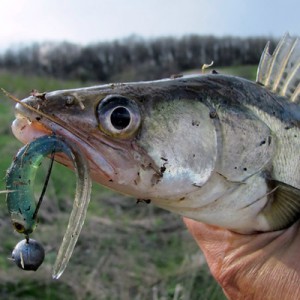 Pike perch can be caught independently on fishing, buy in a store or on the market. In the trade network it can be found fresh, chilled or frozen.
Pike perch can be caught independently on fishing, buy in a store or on the market. In the trade network it can be found fresh, chilled or frozen.
In order to correctly choose a fresh or chilled pike perch, you must follow some rules when choosing it:
- You can buy fish only in specialized stores, supermarkets or official markets. So you can be sure that the pike perch passed the veterinary and sanitary examination.
- If possible, buy live fish from the aquarium. If this is not possible, you only need to buy a whole fish.
- Need to inspect the carcass. On its surface there should not be spots, slime, wounds unusual for pike perch. Pike perch scales should be clean and shiny. The eyes of the fish should be transparent and bulging.
- Be sure to look at the gills. They should be red and shiny.
- Then you need to sniff the fish. It shouldn’t smell unpleasant. Only a slight odor of mud is acceptable. A strong fishy smell is a sign of spoilage.
- After inspection, you need to press on the fish carcass. On fresh fish, the fossa after pressure is quickly leveled.
 Frozen pike perch is rarely sold whole. Most often, frozen meat is frozen. To buy high-quality frozen perch fillet, you should:
Frozen pike perch is rarely sold whole. Most often, frozen meat is frozen. To buy high-quality frozen perch fillet, you should:
- Examine the label. It should contain information about the producer, weight, date of catch and freeze. If the fillet is coated with glaze, then additionally on the package should be indicated the water content (as a percentage by weight).
- Inspect the packaging. Fillet must be tightly packed. If the integrity of the packaging is broken, the purchase should be abandoned.
- Rate the color of the fillet. It should be white. Yellowness is a sign of re-freezing or prescription fish.
- The glaze should cover the entire product, and through it the fillet should be visible. If the glaze layer is too thick, this may indicate improper storage of the product or dishonesty by the manufacturer.
How best to store
Fresh or chilled fish is best prepared immediately after purchase. If you need to save it for some time, then you need to do this in the refrigerator or freezer. Before storage, it is imperative to gut the carcass, clean, rinse and dry. After placing the fish in a container, sprinkle with a small amount of salt and cover with cling film.
Pike perch can be stored:
- in a refrigerator at a temperature of + 4 ° С – no more than 48 hours;
- in a freezer at a temperature of -5 ° С – no more than 2 weeks;
- in a freezer at a temperature of -18 ° C – no more than six months.
After defrosting, further storage of pike perch (as a whole or in milled form) is unacceptable!
How to get rid of the smell of Tina
 Freshwater fish usually smells like mud. Before cooking meals from perch, you must get rid of this unpleasant smell. To do this, gut, clean, wash the carcass and put it in a container in which it fits entirely. After that, you can use one of the following methods:
Freshwater fish usually smells like mud. Before cooking meals from perch, you must get rid of this unpleasant smell. To do this, gut, clean, wash the carcass and put it in a container in which it fits entirely. After that, you can use one of the following methods:
- Squeeze lemon juice and dilute it with water in a ratio of 1: 1. Pour the carcass on the outside and inside with lemon solution, and put the peel of lemons on top. Cover the container with cling film and put in the refrigerator for a couple of hours.
- In a three-liter jar of water, dissolve one glass of large table salt. Pour the fish with this saline solution and leave under the film in the refrigerator for 30 minutes.
- In a two-liter container, dilute two tablespoons of table vinegar, add a tablespoon of salt, peppercorns, bay leaf. Pour the pike perch carcass with this marinade, cover with foil and refrigerate for 1 hour.
Rinse the fish before cooking to remove excess acid or salt. The choice of how to get rid of the unpleasant swamp smell depends only on the taste of the chef.
How to cook
 The pike perch has tender white meat. There are some bones in it. It is easy and quick to prepare. Pike perch meat goes well with:
The pike perch has tender white meat. There are some bones in it. It is easy and quick to prepare. Pike perch meat goes well with:
This fish can be cooked in any culinary way:
- boiling;
- steam cooking;
- extinguishing;
- roasting (in the oven, in foil, on the grill);
- hot (in the pan, deep-fried);
- stuffing;
- chopping in mashed potatoes or minced meat;
- drying;
- drying;
- smoked
The way of cooking depends on the fancy of the cook. The main thing here is that the zander dish was tasty and as healthy as possible.
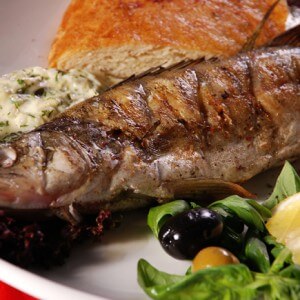 From pike perch prepare:
From pike perch prepare:
- first meal;
- second courses;
- aspic dishes;
- snacks;
- salads;
- baking
There are a lot of recipes in which the main ingredient is meat or caviar of pike perch. You can make the simplest dish of gritty meat, which will appeal to all family members, including those on a diet: steamed cutlets of zander. To prepare them, you need to take: 400 g of fish fillet, 100 g of mushrooms, 1 chicken egg, 1 lemon, salt and spices to taste. Minced meat is prepared from fillet and mushrooms, in which egg, salt and spices are added. Formed cutlets are cooked in a double boiler.
Conclusion
Pike perch is a healthy freshwater fish, a source of animal protein, vitamins and minerals. Due to its low allergenicity, it can be included in the diet of all contingents of people, including infants. It is useful during and after infectious diseases, with anemia, diseases of the digestive tract, diabetes mellitus. The antioxidants in this fish have an anti-tumor effect. Pike perch is easy to digest and low in calories, so it can be consumed daily.
Along with useful properties, pike perch can also cause food poisoning, toxicoinfections, and worm infestations; therefore, buying it should be taken very seriously. It is impossible to acquire this fish in natural markets, because such a product can be not only stale, but also contaminated with toxic substances and pathogens of various infections. Lumpy meat tends to deteriorate quickly, so only the freshest product needs to be bought and cooked.


